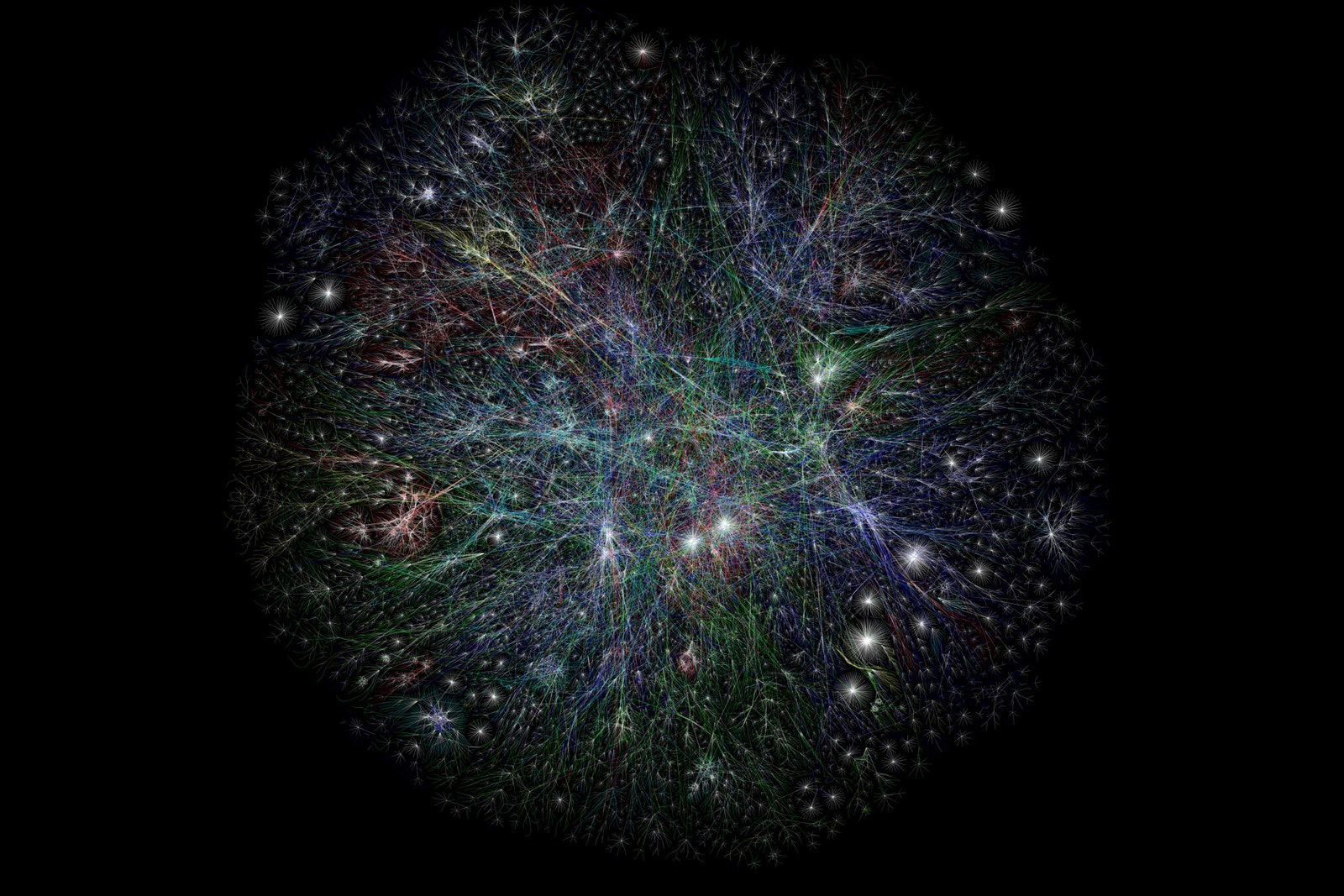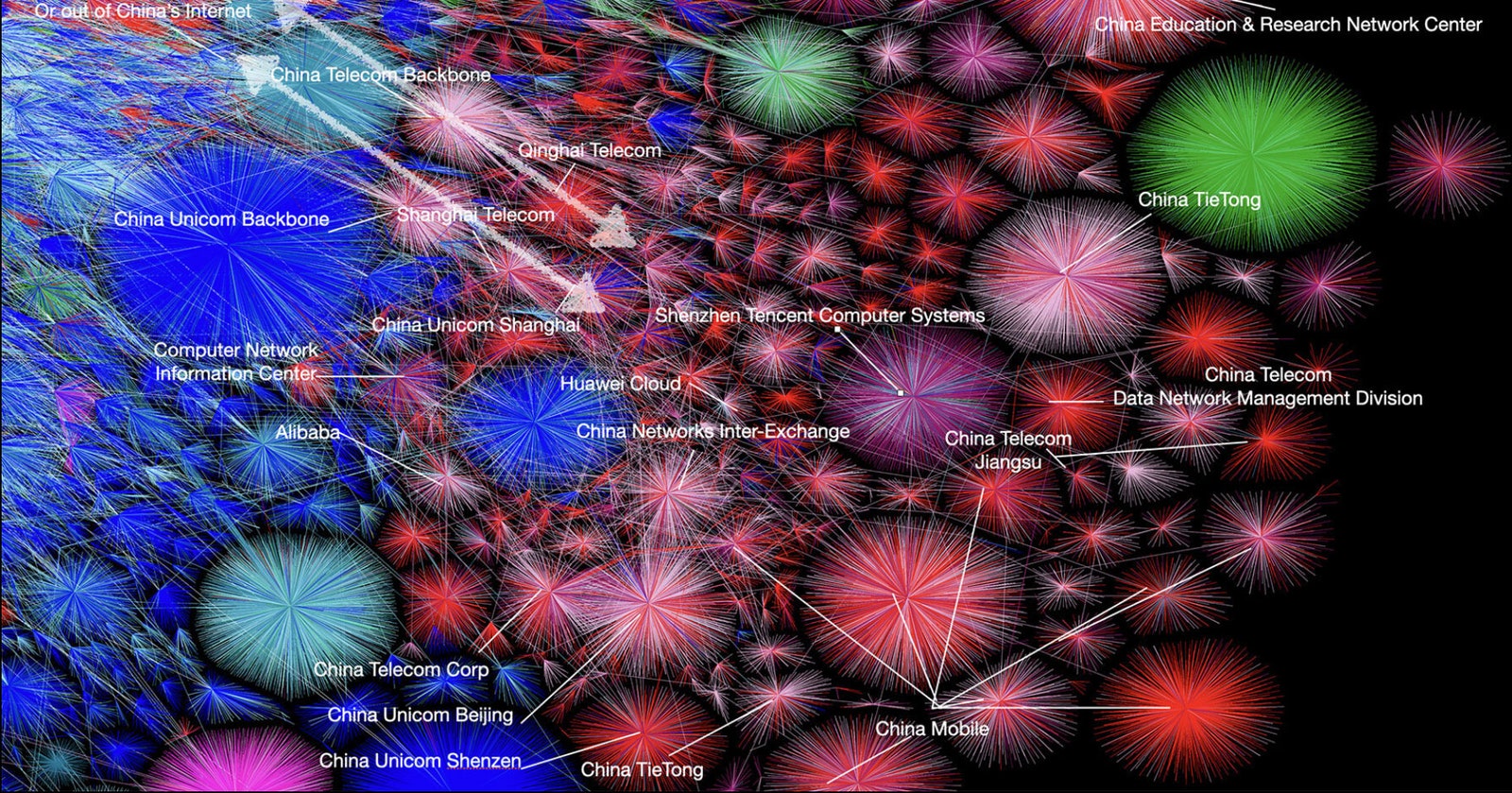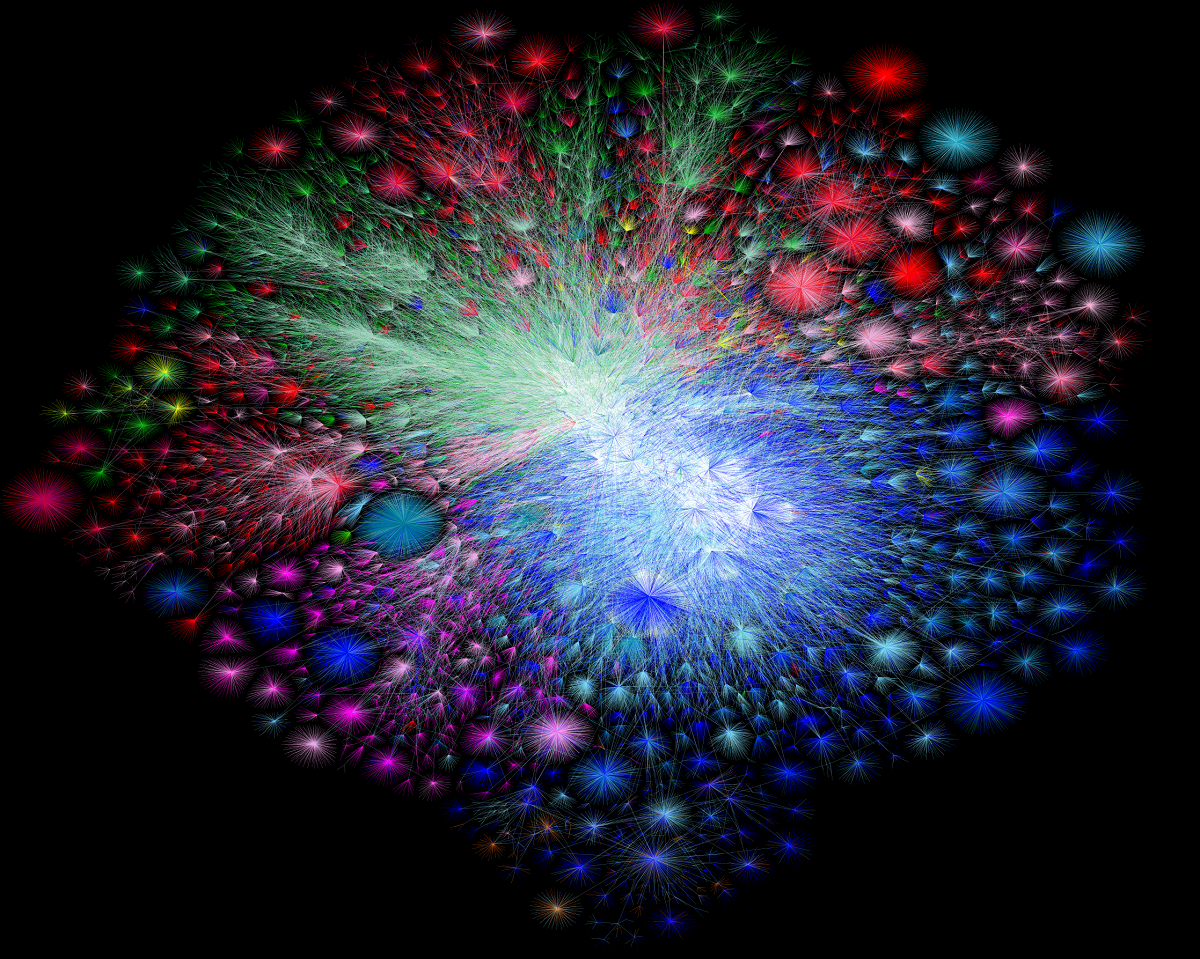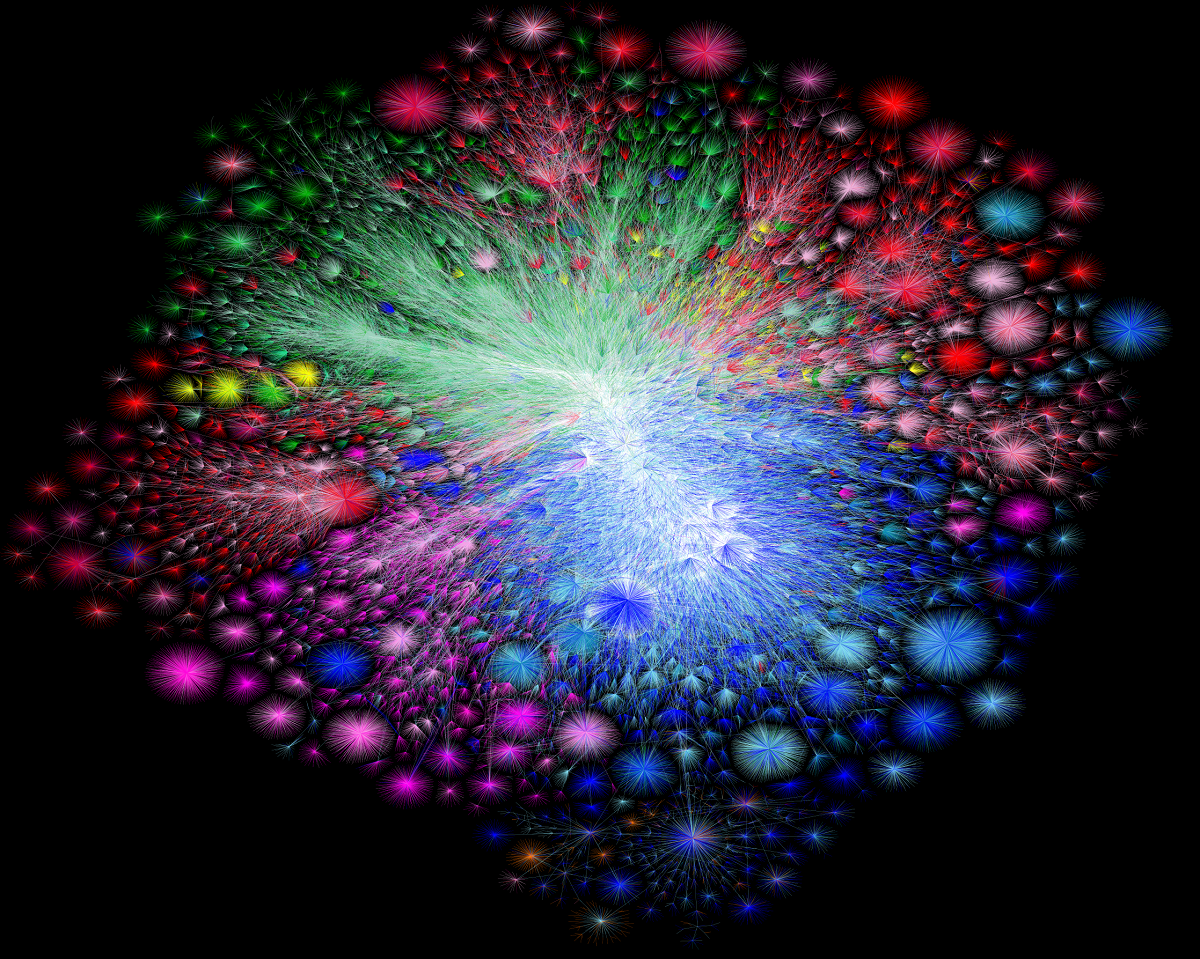“In November 2003, security researcher Barrett Lyon was finishing college at California State University, Sacramento, while working full time as a penetration tester — a hacker companies hire to find weaknesses in their own digital systems. At the beginning of each job, Lyon would do some basic reconnaissance of the customer’s infrastructure: ‘case the joint,’ as he puts it. He realized he was essentially refining and repeating a formula to map what the new target network looked like. ‘That formula ended up being an easy piece of software to write, so I just started having this software do all the work for me,’ Lyon says.
Source: Lily Hay Newman, Wired
“At lunch with his colleagues one day, Lyon suggested that he could use his network mapper to sketch the entire internet. ‘They thought that was pretty funny, so they bet me 50 bucks I couldn’t do it,’ he says. So he did.”
AT A GLANCE:
Security researcher Barrett Lyon became internet famous back in 2003 when he first unveiled the Opte Internet map, a visualization of the web that used his proprietary network mapping tool to map the entire internet. The original version used diagnostic commands called “tracerouts” to scout network paths, but those can be blocked, spoofed, or have other inaccuracies. So, in 2010, Lyon came back with an updated version created for New York City’s Museum of Modern Art that used Border Gateway Protocol routing tables to produce a more accurate view. Now, Lyon has returned with an update for 2021 that uses BGP data from University of Oregon’s Route Views project to map the global internet from 1997 to today in glorious 10K video along with a trove of companion stills.
Because Opte moves through time, it makes significant internet events, such as Iran’s national internet shutdown in 2019 and Myanmar’s recent internet blackout, more tangible, as shown in the video below:
According to Lyon, Opte “ultimately depicts the internet’s failure to become truly decentralized and insuppressible in its current form, particularly in countries and geographic regions that have limited points of connectivity to the global internet,” Lily Hay Newman writes in Wired.
“When I look at it, each one of those little squiggles and wiggles is human beings doing something,” Lyon comments. “People actually using the network, building the network, literally going across oceans and mountains with fiber optic cables and digging ditches. All of that work is reflected in one snapshot. But some countries are not actually very connected and that enables control.”
Check out the stunning video and images from Opte.org, below, and head over to Wired to read the full story.











